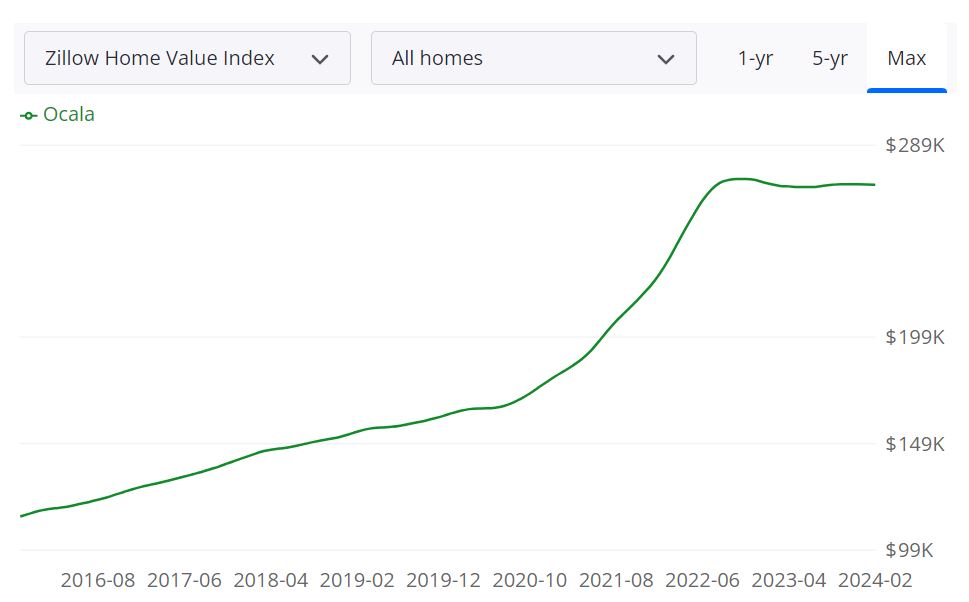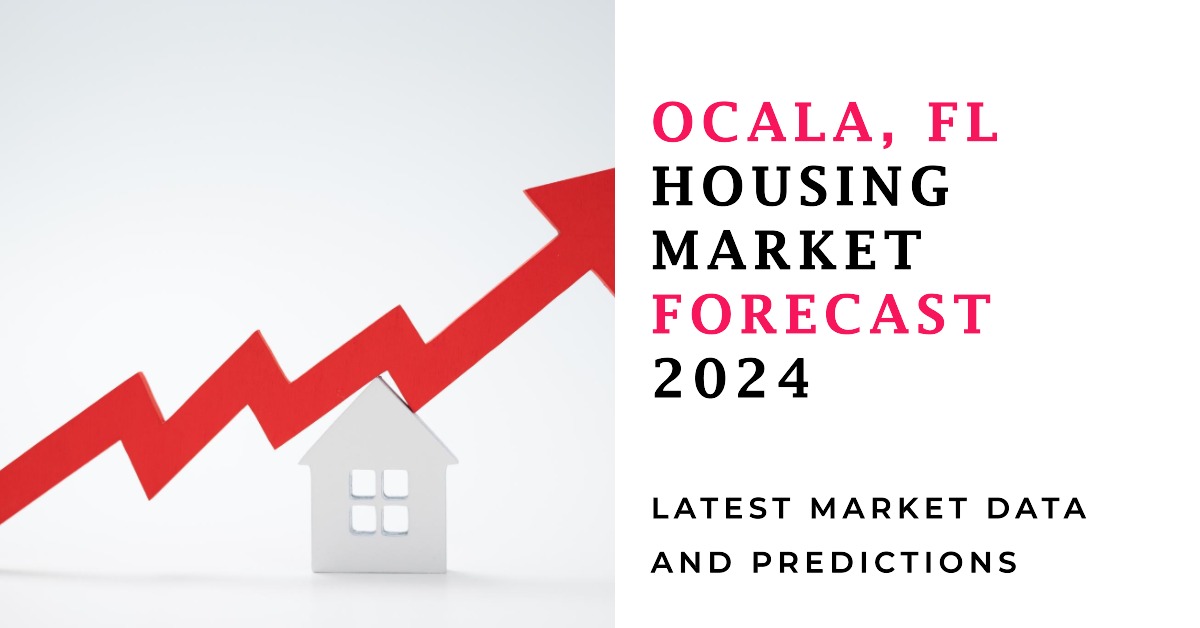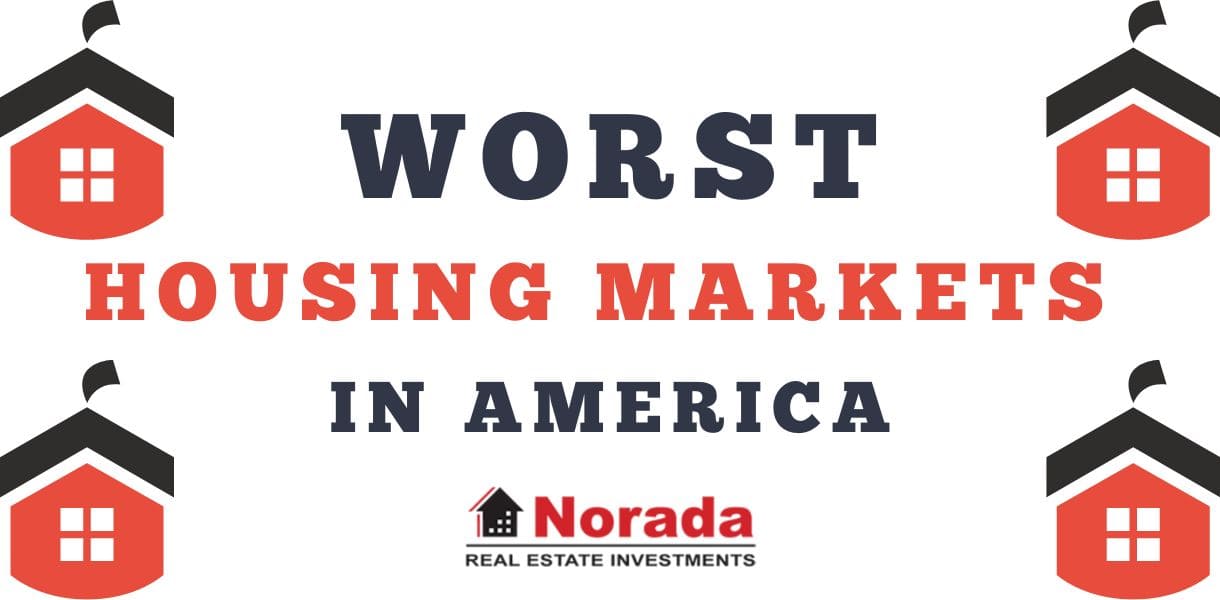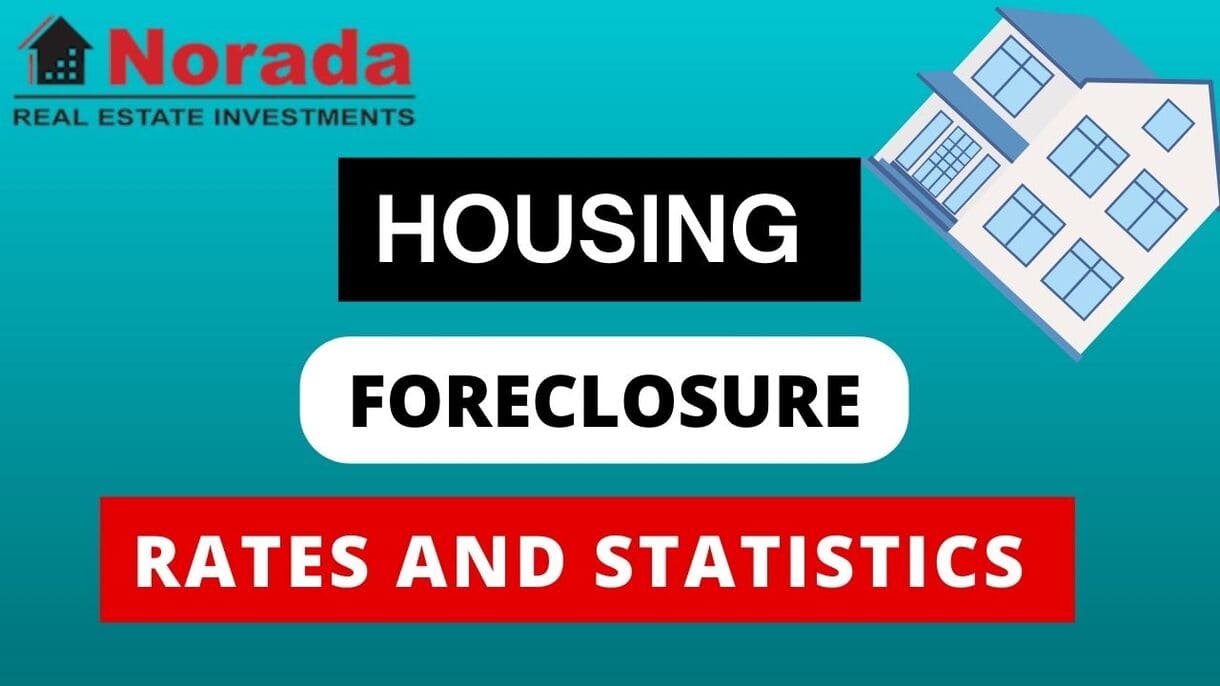Located in the heart of Florida, Ocala is not only known for its scenic beauty and equestrian culture but also for its vibrant housing market. The Ocala housing market has been growing in recent years, due in part to its affordability and its proximity to major cities like Orlando and Tampa. The city is also home to several retirement communities and horse farms.
Several factors contribute to the rising popularity of the Ocala housing market:
- Location: Centrally positioned in Florida, Ocala offers easy access to major cities like Orlando and Tampa, enhancing its appeal to potential residents.
- Climate: Ocala enjoys a mild climate characterized by warm winters and hot summers, providing a comfortable living environment throughout the year.
- Amenities: The city provides a diverse range of amenities, including golf courses, horse farms, and shopping centers, catering to the varied interests of its residents.
- Retirement Communities: Ocala is home to numerous retirement communities, attracting retirees from across the country seeking an ideal place to spend their golden years.
Table of Contents
Ocala Housing Market Trends in 2024
How is the Housing Market Doing Currently?
According to Redfin, in February 2024, the median home prices in Ocala experienced a slight decline of 3.4% compared to the previous year, settling at a median price of $280,000. This decrease, although noteworthy, does not necessarily indicate a downturn in the market but rather reflects a nuanced shift in pricing dynamics.
On average, homes in Ocala are spending 74 days on the market before being sold, a notable increase from 38 days recorded last year. Despite this elongated timeframe, it's essential to note that the market remains active, with 73 homes being sold in February alone.
When compared to the national average, Ocala's median sale price stands at a noteworthy 36% lower. This distinction positions Ocala as an attractive option for homebuyers seeking affordability without compromising on quality of life. Moreover, with homes selling in 59.5 days on average, the market demonstrates a level of competitiveness that encourages swift decision-making.
How Competitive is the Ocala Housing Market?
Despite the modest decline in home prices, Ocala's housing market remains somewhat competitive. With homes selling at a pace of 59.5 days, buyers are presented with a market that demands prompt action. It's not uncommon for desirable properties to receive multiple offers, underscoring the need for prospective buyers to act decisively when identifying their dream home.
Interestingly, some homes in Ocala are garnering offers that exceed the list price, indicating pockets of robust demand within the market. On average, homes sell for approximately 4% below their list price, with certain hot properties commanding offers at or above the listed price point. These dynamics create a dynamic environment where sellers can capitalize on favorable conditions while buyers must navigate with diligence to secure the best deal.
Are There Enough Homes for Sale to Meet Buyer Demand?
As with any real estate market, the balance between supply and demand plays a crucial role in shaping overall market conditions. In Ocala, while the inventory may not always meet the burgeoning demand, there are still opportunities for buyers to find their ideal home.
Recent migration and relocation trends indicate that a significant portion of homebuyers in Ocala are exploring opportunities outside the metropolitan area, with 65% expressing interest in moving out. However, it's worth noting that 35% of buyers are still keen on staying within the vicinity, highlighting the enduring appeal of Ocala as a desirable residential destination.
Across the nation, a fraction of homebuyers, 0.34% to be precise, are eyeing Ocala as their next destination, with notable interest coming from metropolitan areas such as Miami, Orlando, and New York. This influx of potential buyers underscores Ocala's allure as an emerging real estate hotspot.
What is the Future Market Outlook?
Looking ahead, the future market outlook for Ocala appears promising yet dynamic. While certain indicators point towards a buyer's market, such as the relatively lower median sale price and the extended time homes spend on the market, other factors suggest a seller's market, such as homes selling at or above list price in certain instances.
Ultimately, the market's trajectory will be influenced by a myriad of factors, including economic conditions, demographic shifts, and regulatory changes. However, with proper guidance and a clear understanding of market dynamics, both buyers and sellers can navigate the Ocala housing market with confidence, unlocking opportunities that align with their unique goals and aspirations.
Ocala Housing Market Forecast for 2024 and 2025
According to Zillow, the average home value in Ocala stands at $271,190, experiencing a marginal 0.1% decrease over the past year. Homes in this area typically go pending in approximately 49 days. Let's delve into the specifics of these housing metrics:
For Sale Inventory
The for sale inventory in Ocala, as of February 29, 2024, comprises 1,782 properties. This figure reflects the available housing stock within the market, which plays a crucial role in determining supply and demand dynamics.
New Listings
There were 419 new listings recorded in Ocala as of February 29, 2024. New listings contribute to the inventory pool and provide options for potential buyers, influencing market activity.
Median Sale to List Ratio
The median sale to list ratio in Ocala, observed as of January 31, 2024, stands at 0.977. This ratio signifies the relationship between the sale price and the listing price, offering insights into negotiation dynamics and market competitiveness.
Median Sale Price and List Price
As of January 31, 2024, the median sale price in Ocala is $247,667, while the median list price as of February 29, 2024, is $300,666. These figures highlight the prevailing price trends in the market, indicating the average transaction values.
Percent of Sales Over and Under List Price
In terms of sales over list price, Ocala witnessed 10.2% of transactions surpassing the listed price as of January 31, 2024, while 70.1% of sales occurred under the list price during the same period. These percentages provide insights into market competitiveness and negotiation dynamics between buyers and sellers.
Ocala MSA Housing Market Forecast
Looking ahead, the Ocala Metropolitan Statistical Area (MSA) housing market is forecasted to experience growth. The MSA, encompassing various counties in Florida, including Marion County, is considered a significant player in the region's housing landscape. With a base date of February 29, 2024, the forecast predicts a gradual increase in housing market performance, with projected growth rates of 0.1% by March 31, 2024, and 2.7% by February 28, 2025.
This MSA, or Metropolitan Statistical Area, encompasses not only Ocala but also surrounding counties and cities. Marion County, where Ocala is located, is central to this housing market, contributing significantly to its size and dynamics.
Is Ocala a Buyer's or Seller's Housing Market?
Assessing whether the Ocala housing market favors buyers or sellers involves considering various factors, including inventory levels, pricing trends, and market dynamics. With a for sale inventory of 1,782 properties and 419 new listings, there is a notable supply of homes available for purchase, suggesting a market that may lean towards buyers.
Additionally, the median sale price of $247,667 indicates a relatively affordable market, further attracting potential buyers. However, the median list price of $300,666 suggests that sellers are pricing their properties optimistically, potentially indicating a seller's market. Ultimately, market conditions may vary depending on individual circumstances and preferences.
Are Home Prices Dropping in Ocala?
As per the data from Zillow, home prices in Ocala have experienced a marginal decrease of 0.1% over the past year. While this indicates a slight decline, it's essential to consider the broader context of the market, including factors such as inventory levels, demand, and economic conditions. The decrease in home prices may be influenced by various factors, including seasonal fluctuations, changes in buyer preferences, and external economic factors. However, it's crucial to monitor market trends over time to determine if this trend persists or if prices stabilize or rebound.
Will the Ocala Housing Market Crash?
Speculating about a housing market crash involves considering numerous variables, including economic indicators, housing supply and demand dynamics, and regulatory factors. While the Ocala housing market may experience fluctuations and adjustments, there is currently no definitive evidence to suggest an imminent crash. The market's stability and resilience, coupled with ongoing demand for housing, mitigate the risk of a sudden downturn. However, it's essential for stakeholders to remain vigilant and monitor market conditions closely to identify any emerging risks or vulnerabilities.
Is Now a Good Time to Buy a House in Ocala?
Deciding whether now is a good time to buy a house in Ocala depends on various factors, including personal financial circumstances, long-term goals, and market conditions. With relatively affordable median sale prices and a diverse inventory of homes available, Ocala presents opportunities for prospective buyers. Additionally, low mortgage rates and favorable financing options may further incentivize home purchases. However, individuals should conduct thorough research, consider their individual needs and preferences, and consult with real estate professionals to make informed decisions.

Should You Invest in Real Estate in Ocala?
1. Population Growth and Trends
Ocala, with its moderate-sized housing market, is experiencing noteworthy population growth and trends that make it an attractive prospect for real estate investment. The city's population growth is fueled by factors such as its affordable housing market, pleasant climate, and strategic location in Florida. The influx of new residents contributes to a thriving real estate market, providing a solid foundation for potential investors.
2. Economy and Jobs
- The Ocala economy is diverse, with a strong presence in industries such as healthcare, manufacturing, and agriculture.
- Job opportunities in Ocala are on the rise, driven by the city's economic diversification and its proximity to major urban centers.
- A stable job market enhances the city's appeal for potential residents, positively impacting the demand for rental properties.
3. Livability and Other Factors
- Ocala boasts a mild climate, making it an attractive destination for individuals seeking a comfortable living environment.
- The city offers a range of amenities, including golf courses, horse farms, and shopping centers, contributing to its overall livability.
- Investors should consider the quality of life factors that contribute to Ocala's appeal, as these aspects influence rental demand and property values.
4. Rental Property Market Size and Growth
The rental property market in Ocala is substantial, with a diverse range of housing options catering to various demographics. Key factors for investors to consider include:
- Market Size: The Ocala rental market has a significant presence, providing ample opportunities for property investment.
- Growth Potential: As the city experiences population growth and economic development, the demand for rental properties is likely to increase, offering investors the potential for robust returns.
5. Other Factors Related to Real Estate Investing
- Affordability: Ocala is known for its affordability, making it an accessible market for real estate investors, especially those entering the market for the first time.
- Strategic Location: The city's central location in Florida enhances its desirability, attracting individuals looking for a convenient and well-connected place to live.
- Development Initiatives: Investors should keep an eye on ongoing and planned development initiatives in Ocala, as these can impact property values and rental demand.
References:
- https://www.redfin.com/city/13058/FL/Ocala/housing-market
- https://www.realtor.com/realestateandhomes-search/Ocala_FL/overview
- https://www.zillow.com/home-values/53673/ocala-fl/




